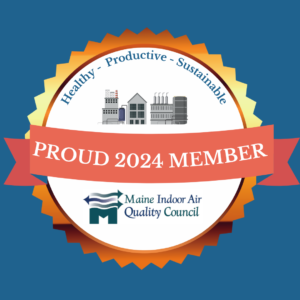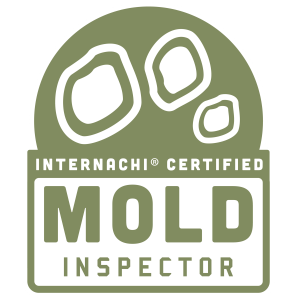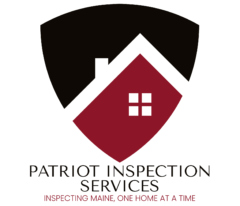Schedule your appointment today by calling (207) 924-2211 or, email us at skip@patriotinspectionservices.com
Water & Air Quality Testing You Can Trust
📞 Schedule your appointment today by calling (207) 924-2211
📧 Or email: skip@patriotinspectionservices.com
💧 Water Quality Testing
Safe, clean water is essential to your health. We offer professional water testing services to ensure your home’s water is free from harmful contaminants.
Our testing ranges from basic screenings (bacteria, E. coli) to comprehensive panels (arsenic, copper, iron, manganese, pH, water hardness).
Whether you’re concerned about a private well or simply want peace of mind, we’ll help you select the right package for your needs.
🌬️ Mold, VOC, and Advanced IAQ Testing
Indoor air quality directly affects your health. Poor air can lead to allergies, asthma, respiratory irritation, and long-term health issues.
We offer testing for:
🦠 Mold: Air and surface samples are analyzed in a lab to detect hidden mold and assess health risks.
🧪 VOCs (Volatile Organic Compounds): Measures harmful chemicals from cleaners, paints, building materials, and household products.
🌫️ Airborne Particles: Identifies dust, allergens, and fine particulates that can aggravate breathing issues.
🔎 What Affects Indoor Air Quality?
💨 Ventilation — Poor airflow traps pollutants.
💧 Humidity — High moisture encourages mold; low moisture causes irritation.
🌱 Pollutants — Dust, dander, pollen, chemicals.
🌡️ Temperature — Impacts both comfort and air circulation.
🌎 Outdoor Air — Pollutants can enter through windows and doors.
⚠️ Health Risks from Mold Exposure
Mold can cause:
🤧 Allergic reactions (sneezing, runny nose, itchy eyes, rash)
😮💨 Asthma attacks and respiratory distress
☣️ Potential exposure to toxic mold byproducts
🧪 Our Mold & Air Testing Services
🛠️ Complete Mold Inspection — Full home assessment, three air tests (with two outdoor controls), plus surface samples if mold is visible.
🔍 Limited Mold Inspection — Focused testing of specific problem areas.
🌫️ Advanced IAQ Testing — Detects harmful particulate matter contributing to poor indoor air quality.
📄 Clear Results, Professional Guidance
We provide lab-tested results in plain language and are available to answer all your questions.
👉 Concerned about your water or indoor air?
Contact Patriot Inspection Services today to discuss your testing options and protect your family’s health.

